Remember when life moved a little slower and everything wasn’t connected to the internet? The 1980s were a time when we actually had to get up to change the channel, wait for our favorite songs to come on the radio to record them, and plan our days around TV schedules. These everyday items were as essential to our routines as smartphones are today, yet most have vanished completely from modern life.
Looking back, it’s amazing how much our daily habits revolved around physical objects that required patience, planning, and a certain level of commitment. Today’s kids will never know the thrill of finally tracking down that one album you’d been searching for, or the panic of realizing you forgot to set your VCR to record your favorite show.
1. Rotary Phones
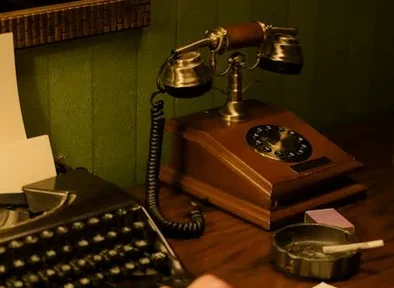
That satisfying click and whir as you dialed each number, waiting for the rotary to spin back before moving to the next digit – it was practically meditation compared to today’s frantic texting. Every phone call required intention and patience, especially if someone had a lot of 9s and 0s in their number. We memorized dozens of phone numbers by heart because there was no other choice, and calling someone meant committing to actually having a conversation. House Digest reports that the rotary phone is actually making a comeback, this time with style.
The busy signal was just part of life, and you’d keep trying back until you got through, sometimes for hours. Party lines meant you might pick up and hear the neighbors chatting, and long-distance calls were precious commodities saved for special occasions. When cordless phones finally appeared, being able to walk around while talking felt like science fiction, even though the range barely got you to the mailbox.
2. Cassette Tapes and Boom Boxes
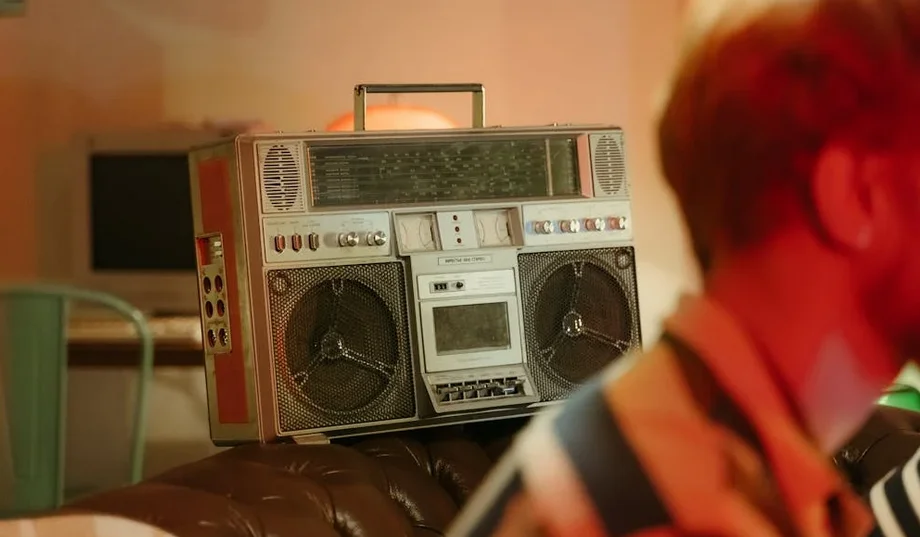
Creating the perfect mixtape was an art form that took hours of careful planning and precise timing to avoid cutting off songs mid-chorus. You’d sit by the radio with your finger hovering over the record button, waiting for your favorite song to start, and heaven help you if the DJ talked over the intro. The ritual of fast-forwarding and rewinding to find just the right track, guided only by the counter numbers you’d scribbled on the tape label, was part of the charm. CBS News considers the boombox one of the most bombastic treasures from the past that took music out of the house and into the streets.
Boom boxes were our portable concert halls, and the bigger the better – some were practically furniture pieces that required six D batteries and strong shoulders to carry. We’d gather around them at the beach, in the park, or in someone’s bedroom, sharing music in a way that felt communal and special. The sound of a tape getting “eaten” by the player, followed by the delicate surgery of trying to wind it back with a pencil, is something today’s streaming generation will never understand.
3. VHS Tapes and VCRs
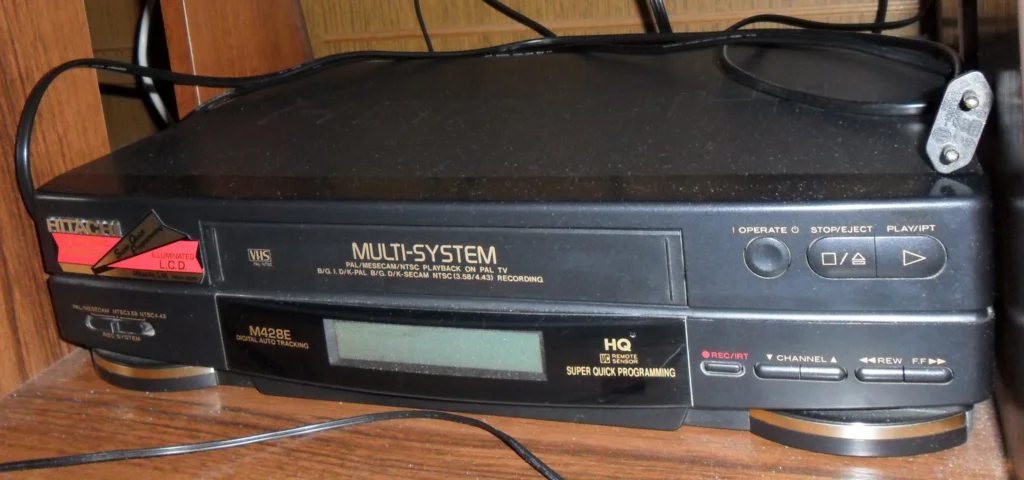
Programming your VCR was like solving a puzzle that required an advanced degree in electronics – and don’t even get started on trying to set the clock. The blinking “12:00” became a running joke in households across America because nobody could figure out how to make it stop. Recording shows meant strategic planning, ensuring you had enough blank tape left and that nobody would need to watch something else during your program. EverPresent offers some additional fun facts about VCR systems.
The ritual of “Be Kind, Rewind” wasn’t just a Blockbuster slogan – it was basic courtesy that kept the whole system working. We’d fast-forward through previews we’d seen a hundred times, and the tracking button became your best friend when the picture got fuzzy. Family movie nights meant everyone had to agree on what to watch from your limited collection, and if the tape broke, you were out of luck until your next trip to the video store.
4. Film Cameras and Photo Development
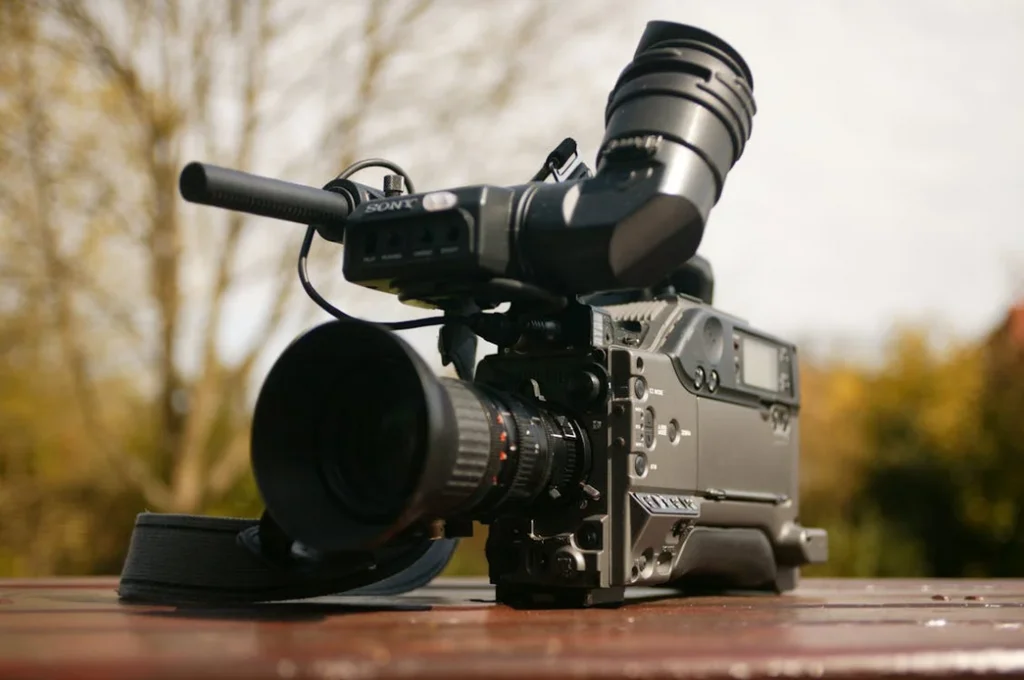
Every picture was precious because film cost money and you only had 24 or 36 shots before needing a new roll. You’d carefully compose each shot, never knowing if someone blinked or if the lighting was right until you got the pictures back a week later. The anticipation of picking up your developed photos was like Christmas morning – you never knew which shots would turn out perfect and which would be blurry disasters.
Double prints meant you could share photos with friends and family, creating multiple copies of memories to pass around. Photo albums were treasured possessions where every picture had been carefully selected and placed, telling the story of our lives in chronological order. The disappointment of realizing you’d cut off someone’s head in a group photo, or the joy of discovering an accidentally perfect candid shot, made each roll of film an adventure.
5. Phone Books and Yellow Pages
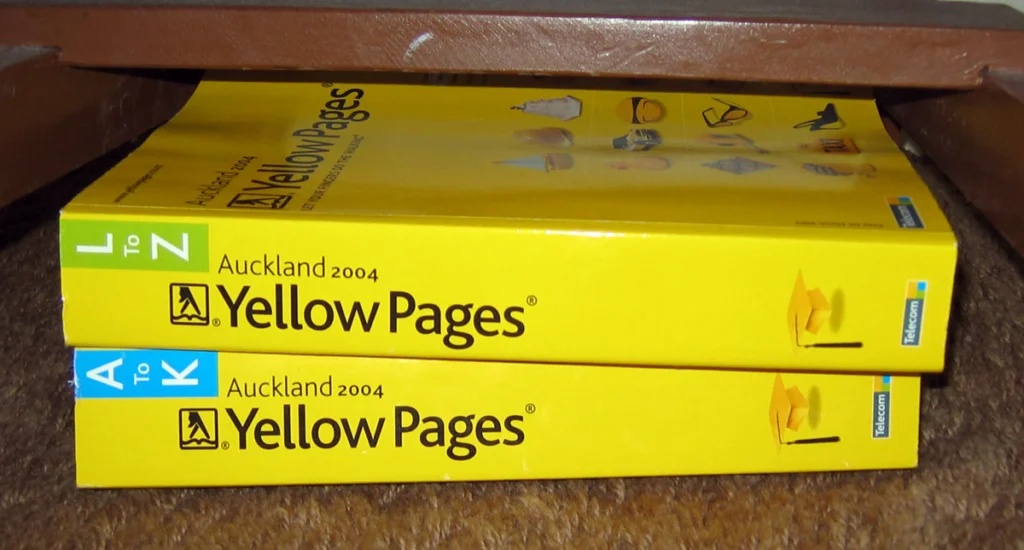
Those massive yellow and white directories showed up on your doorstep whether you wanted them or not, and they served as both reference guides and emergency booster seats. Looking up a business meant flipping through pages and pages of tiny print, hoping you’d spell the name correctly enough to find it in alphabetical order. The Yellow Pages were our Google search, complete with display ads that businesses paid good money for, and finding a good plumber meant trusting whoever had the biggest ad.
We kept important numbers written on little scraps of paper taped inside the phone book cover, and every family had their own system for marking frequently called places. The phone book doubled as a doorstop, a bug-squashing tool, and kindling for the fireplace once the new one arrived. When you moved to a new town, getting familiar with the local phone book was part of settling in and learning your new community.
6. TV Guide Magazine
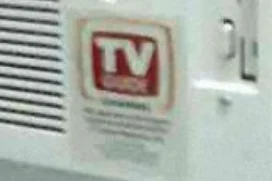
That thin weekly magazine was essential reading for anyone who wanted to know what was on television beyond the current day. You’d plan your entire week around the TV schedule, circling shows you didn’t want to miss and checking the movie ratings to see if something was worth staying up late for. The crossword puzzles and celebrity interviews made it feel like more than just a listings guide – it was entertainment news before we had dedicated entertainment channels.
Finding out that your favorite show was being preempted for a special news report or sports event was genuinely heartbreaking because there was no way to watch it later. We’d fold down the corners of pages and highlight our must-see programs, treating the TV Guide like a sacred text. The annual fall preview issue was like getting a glimpse into the future, introducing us to new shows that might become our next obsession.
7. Typewriters and Correction Fluid
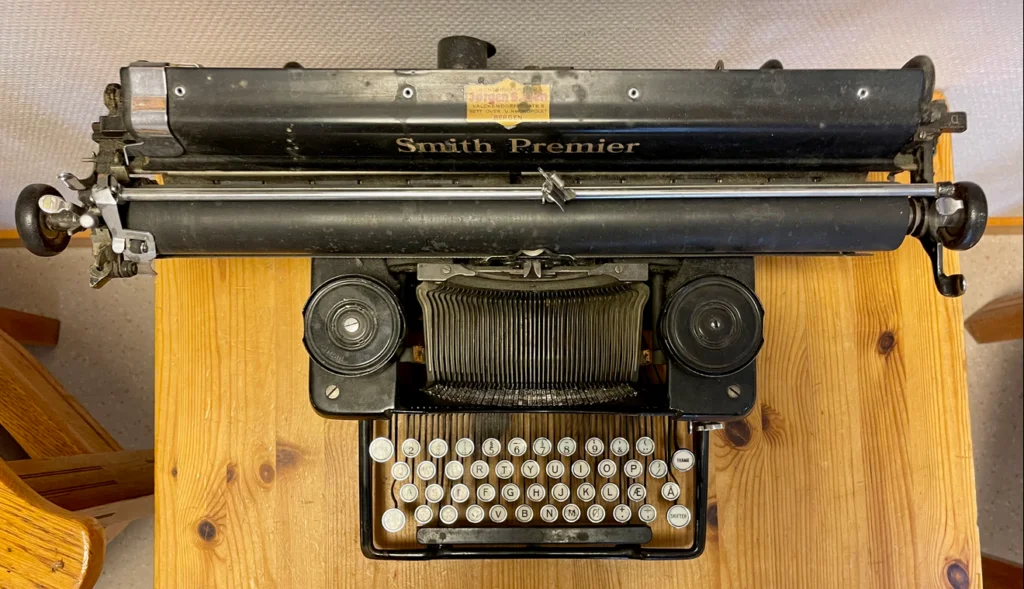
The rhythmic clacking of typewriter keys and the satisfying ding of reaching the end of a line created a soundtrack for productivity that computers have never quite replicated. Making a mistake meant either starting over completely or reaching for that little bottle of correction fluid, waiting for it to dry, then typing over your error and hoping it looked presentable. Carbon paper allowed you to make copies, but it was messy and limited, making every document feel more official and permanent.
Changing the ribbon was a delicate operation that usually resulted in ink-stained fingers and occasionally a completely ruined shirt. The physical effort required to press each key meant that typing was deliberate and thoughtful – you couldn’t just bang out a quick message without putting some muscle behind it. Electric typewriters felt like luxury items, and the newer models with correction tape seemed almost magical compared to the old manual machines that required real finger strength.
8. Road Maps and Thomas Guides
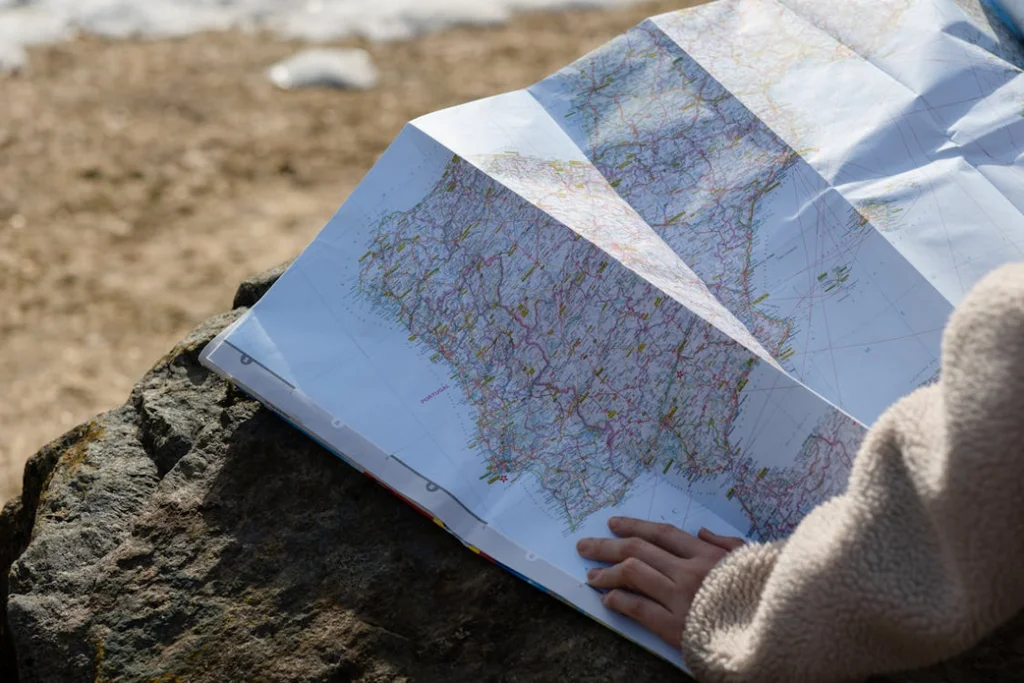
Unfolding a massive road map across your dashboard and trying to navigate while driving was a skill that required coordination, patience, and often a helpful passenger. Getting lost meant pulling over to study street names and landmarks, and sometimes stopping at gas stations to ask for directions from strangers. The Thomas Guide, with its detailed grid system, was the ultimate navigation tool for city driving, though finding the right page could take several minutes of flipping back and forth.
Planning a road trip involved spreading maps across the kitchen table and tracing your route with a highlighter, calculating distances and identifying interesting stops along the way. We’d write turn-by-turn directions on index cards or scraps of paper, and experienced travelers knew to keep backup routes in mind in case of construction or wrong turns. The glove compartment of every car held at least one folded map that was impossible to refold correctly, and getting good at reading maps was considered an essential life skill.
9. Alarm Clocks with Radio
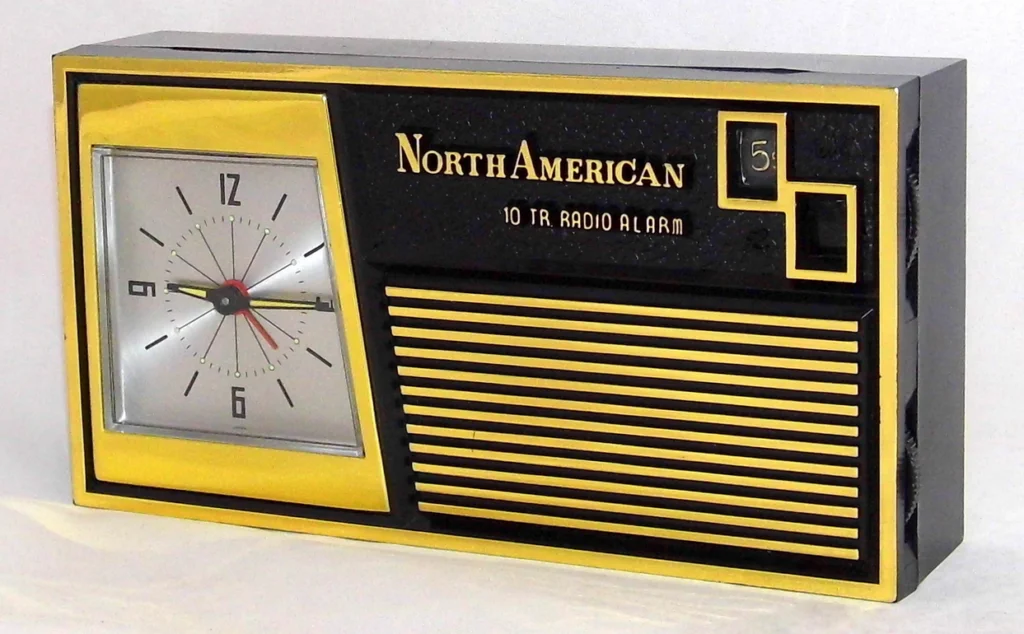
That jarring buzz or the sudden blast of morning radio was how most of us started each day, and hitting the snooze button was an art form that could be performed without opening your eyes. Setting two alarms – one to wake up and another as backup – was standard practice for anyone who had to be somewhere important. The red LED numbers glowing in the dark were both comforting and ominous, especially when you’d wake up naturally and realize you still had hours left to sleep.
Clock radios served double duty as nighttime companions, and many of us fell asleep to late-night talk shows or music programs. The sleep timer function felt incredibly sophisticated, letting you drift off to your favorite station without leaving the radio on all night. When the power went out, losing the time meant resetting not just the clock but also your wake-up alarm, leading to more than a few people oversleeping and missing important appointments.
10. Answering Machines
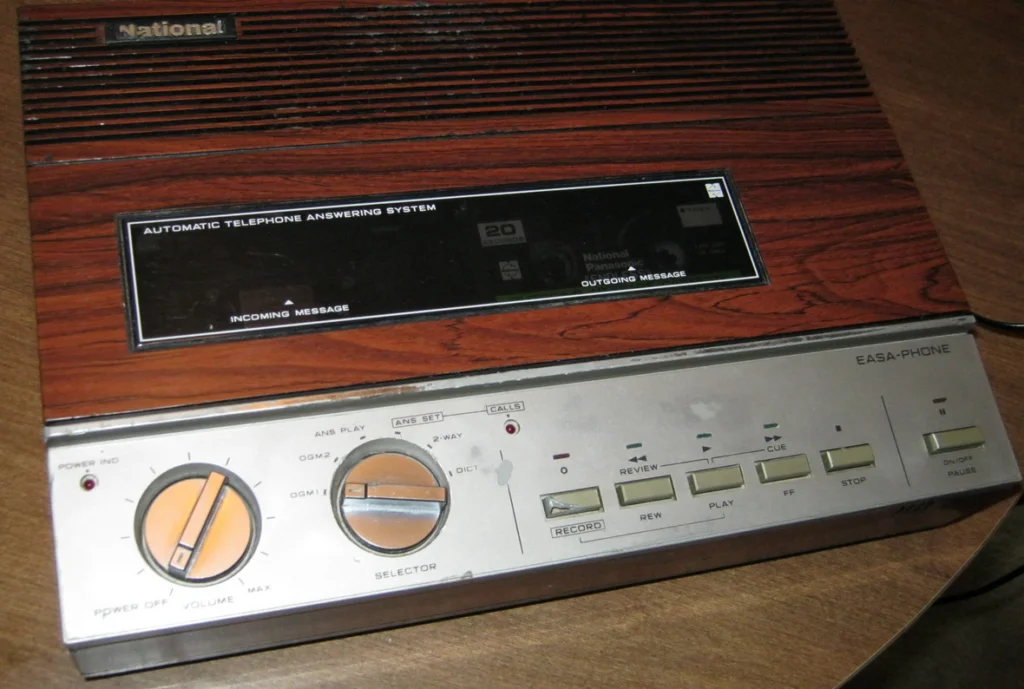
Recording the perfect outgoing message was a production that often involved multiple takes and family input, trying to sound professional but friendly in 30 seconds or less. Coming home to a blinking light meant someone had tried to reach you, and listening to messages was like opening presents – you never knew if it would be good news, bad news, or just a telemarketer. The ability to screen calls by listening to someone leave a message while deciding whether to pick up changed the whole dynamic of phone communication.
Those little cassette tapes inside the machines would occasionally get tangled, eating your important messages along with your carefully crafted greeting. The beep that signaled callers to start talking became a universal sound, and everyone knew they had a limited time to leave their message before getting cut off. Some people became notorious for leaving extremely long, rambling messages that would fill up the entire tape, preventing anyone else from getting through.
11. Encyclopedia Sets

Those matching volumes lined up on the shelf represented the sum of human knowledge in your home, and settling an argument meant pulling out the right volume and looking up facts in tiny print. Encyclopedia salespeople were as common as vacuum cleaner salespeople, and many families went into payment plans to afford these leather-bound treasures. Doing research for school reports meant copying information by hand, and every family had their own system for who got to use the encyclopedias when multiple kids had homework.
The annual yearbook updates tried to keep current events fresh, but most families stuck with their original set until it became hopelessly outdated. We’d browse through random volumes just for fun, learning about topics we’d never thought to explore, and the detailed illustrations and photographs made learning feel like an adventure. When CD-ROM encyclopedias arrived, they seemed revolutionary, though nothing quite matched the weight and authority of those physical books.
12. Calculators with Paper Tape
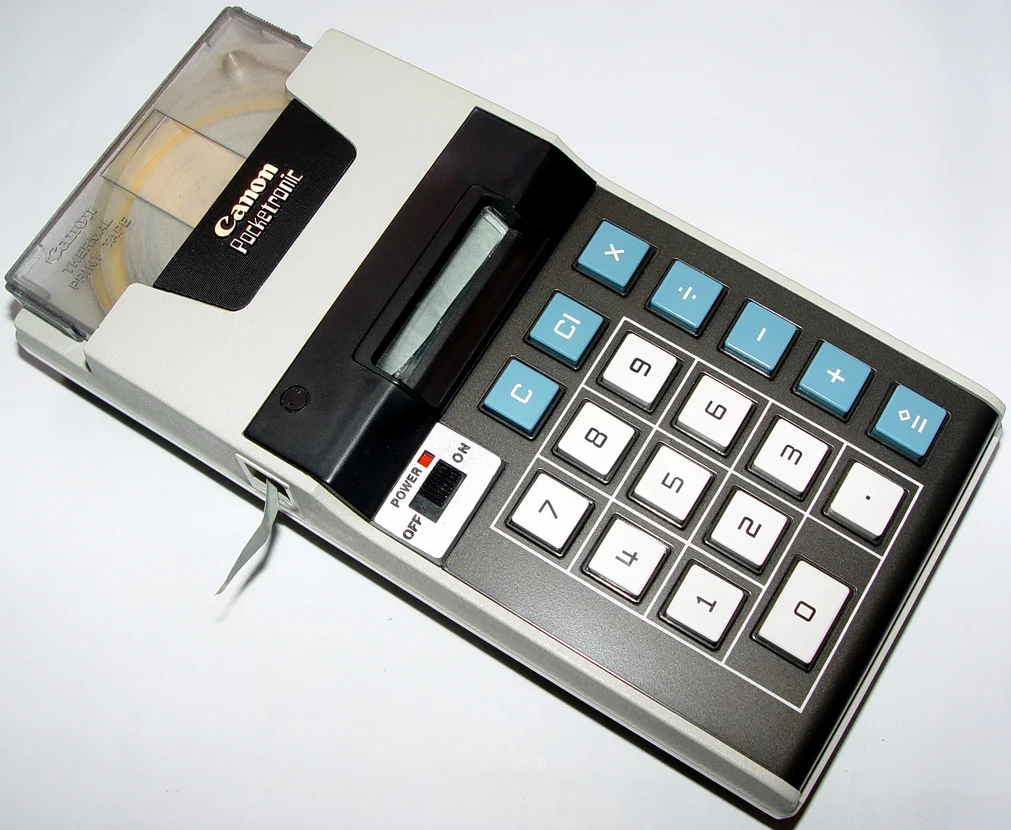
Those chunky desktop calculators that printed every calculation on a long paper ribbon were the heartbeat of offices, stores, and kitchen tables across America. The mechanical whirring and clicking sounds as numbers processed gave mathematical calculations a satisfying physical presence that modern silent calculators lack. Balancing checkbooks, figuring tips, or doing taxes meant creating long paper trails of addition and subtraction that you could review and verify.
The paper rolls had a tendency to run out at the most inconvenient times, and replacing them was a small mechanical puzzle involving threading the paper through various guides and rollers. Some people became attached to their calculating rituals, and the physical act of pressing those large, satisfying buttons felt more trustworthy than digital displays. Business owners would save their paper tape printouts as informal records, and accountants would staple them to important documents as proof of their calculations.
The 1980s gave us a different relationship with technology – one that required more patience, planning, and physical interaction with our tools. These everyday objects shaped our routines and habits in ways we didn’t even realize at the time, and their absence has fundamentally changed how we live, work, and connect with each other. While we’ve undoubtedly gained convenience and efficiency, there’s something to be said for the slower, more deliberate pace that these “obsolete” items imposed on our daily lives.


